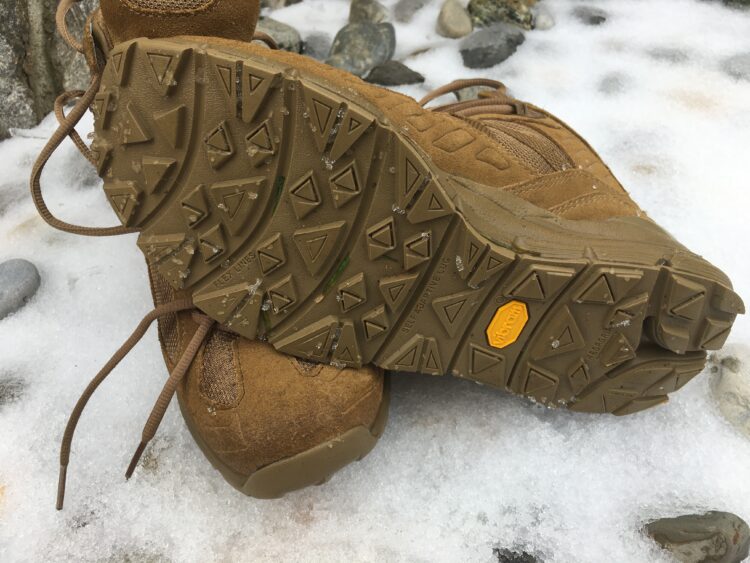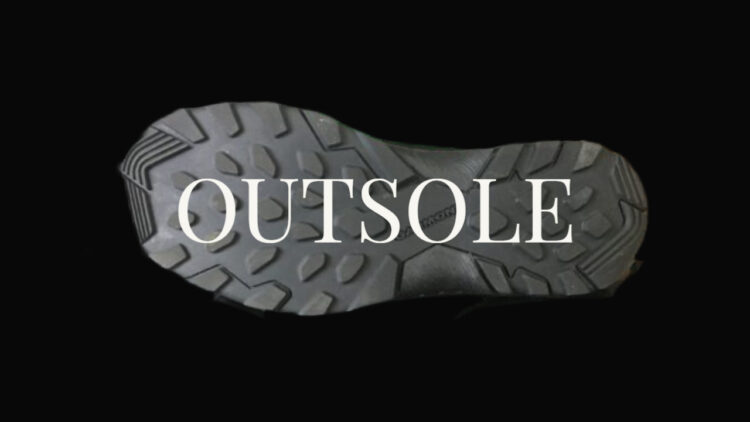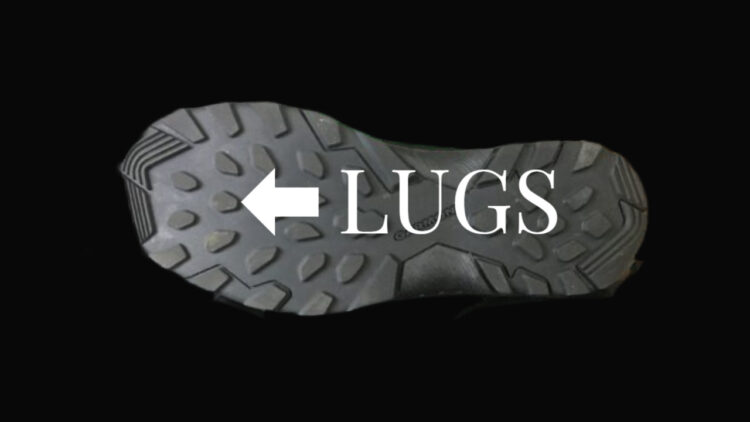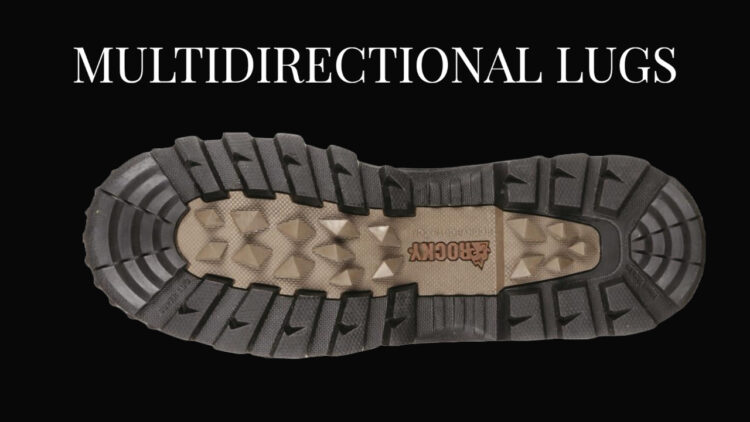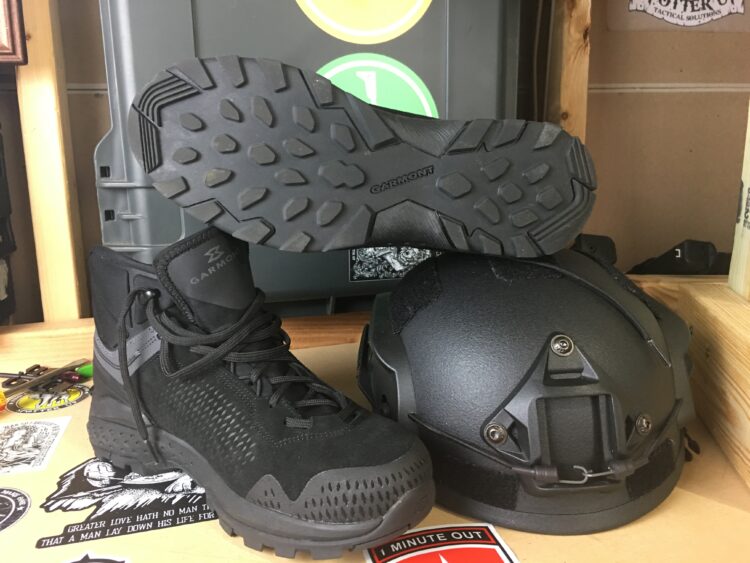The outsole plays a vital role in providing stability, traction, and durability on footwear. One essential component of the outsole design is the lugs. These strategically placed, protruding patterns on the bottom of boots help grip various surfaces and enhance traction. Understanding how lugs and multidirectional lugs function will give you the knowledge on how to purchase the best boot or shoe.
The outsole refers to the bottom layer of a boot or shoe that makes direct contact with the ground. It acts as a protective barrier between your feet and the environment while offering traction and stability. Outsoles are typically made from rubber, synthetic materials, or a combination of both.
Lugs are the raised patterns or grooves found on the surface of an outsole. They serve multiple purposes, including enhancing traction, dispersing water, preventing slippage, and providing stability on different terrains. The size, shape, and arrangement of lugs can vary based on the intended use of the boot.
Multidirectional lugs are designed to improve traction and grip in various directions. Unlike traditional unidirectional lugs that primarily provide forward and backward traction, multidirectional lugs feature a more complex pattern. These lugs offer grip in multiple directions, including sideways or diagonally.
The mechanics behind multidirectional lugs rely on their specific design elements. These lugs typically feature a combination of various shapes, such as square, triangular, or diamond patterns. The varied shapes and angles allow the lugs to engage with the ground from different directions, maximizing traction.
When walking or running, the multidirectional lugs engage with the terrain, providing grip and stability. As weight is applied to the boots, the lugs dig into the ground, creating friction and preventing slippage. The multidirectional nature of the lugs enables them to adapt to changing surfaces and offer traction in multiple directions.
The inclusion of multidirectional lugs on boot outsoles brings several benefits:
- Enhanced traction on a variety of surfaces: Multidirectional lugs excel in providing grip on uneven, slippery, or loose terrain, ensuring stability and preventing falls.
- Improved maneuverability: With multidirectional lugs, boots allow for more agile movements, as they can grip the ground effectively in various directions.
- Versatility: Whether you’re hiking, trail running, or engaging in other outdoor activities, boots with multidirectional lugs offer reliable traction on different terrains.
When choosing boots, it’s essential to consider the outsole design and the type of lugs incorporated. The intended use and the terrain you’ll encounter should guide your decision. Multidirectional lugs are particularly valuable for those seeking versatile footwear capable of tackling various environments with confidence. Regular maintenance and cleaning of your boots will also help preserve their traction capabilities and extend their lifespan.

